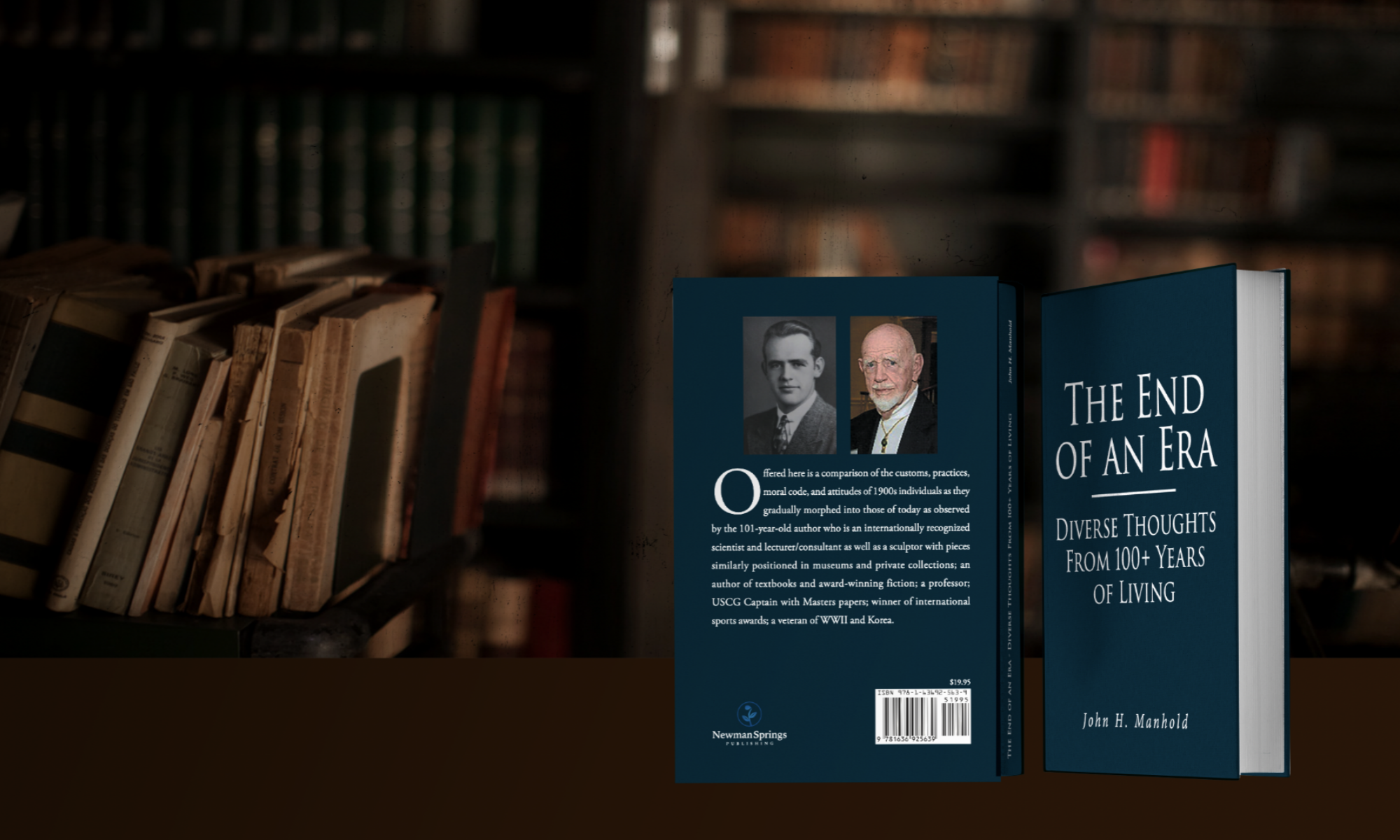l..E.O.: The true stories of Lt. Wayne Cotes ISBN: 9781983947332/EBook ISBN: Not assigned. Published in U.S. by Kindle Direct Publishing. Copyright 2018 by Jerold Cotes. Second Edition. Written by Wayne Coates.
As stated by the author, these true stories are a collection of anecdotes, conversations, remembrance’s and other features recalled from more than 30 years of service as a police officer. The service began as a “Rookie” directly after serving in the Marine Corps and progressed upward gradually through the years to retirement as an Officer in several positions of importance until retirement – his activities not only were policing the inhabitants of an area of the city, more specifically as a member of the community in which he lived as resident of one of the large housing developments of the district in one of the lower scale districts inhabited by drug users/dispensers, prostitutes and similar.
Discussion: The author has set forth a fascinating collection of widely divergent stories containing humor, varying amounts of activity and conversation with and among ‘street people’ as well as with other police officers while involved interactively among themselves and with these ‘street people’. A small number of them probably would be better understood by readers with more ‘insider’ information, but generally it is well-written with noted apologies to his editor for ‘errors’ within himself.
4* Pleasant, enjoyable series of short stories.
